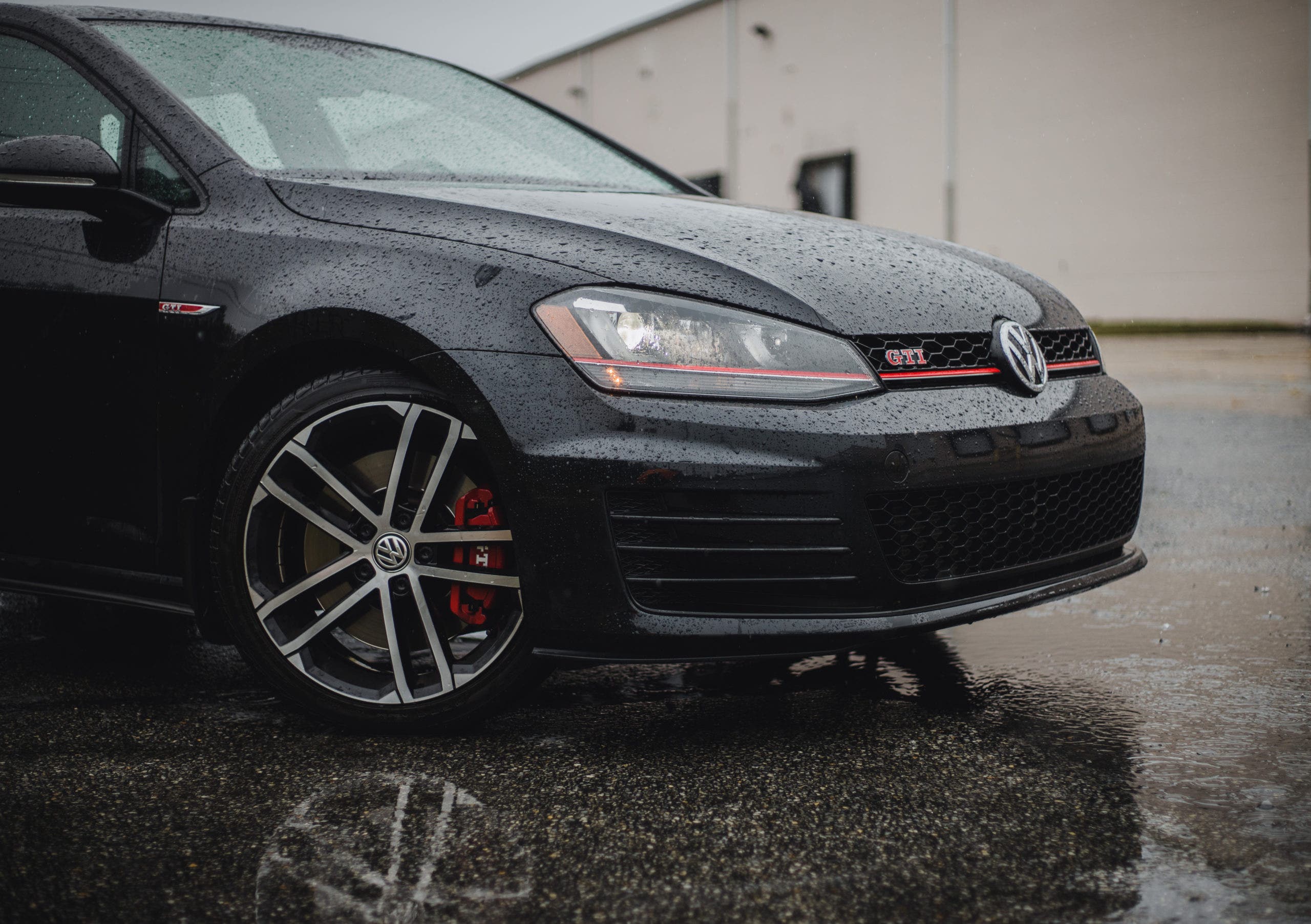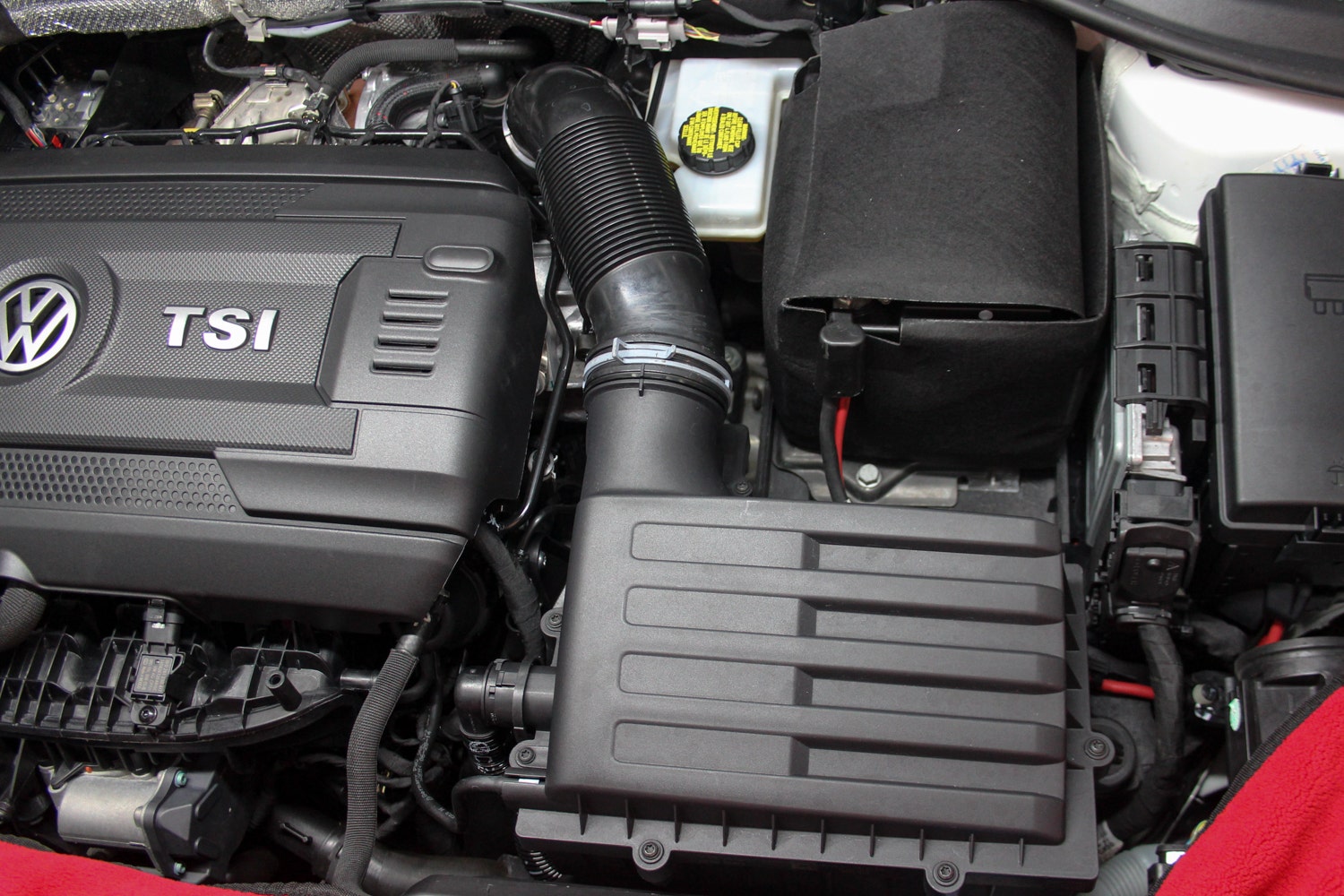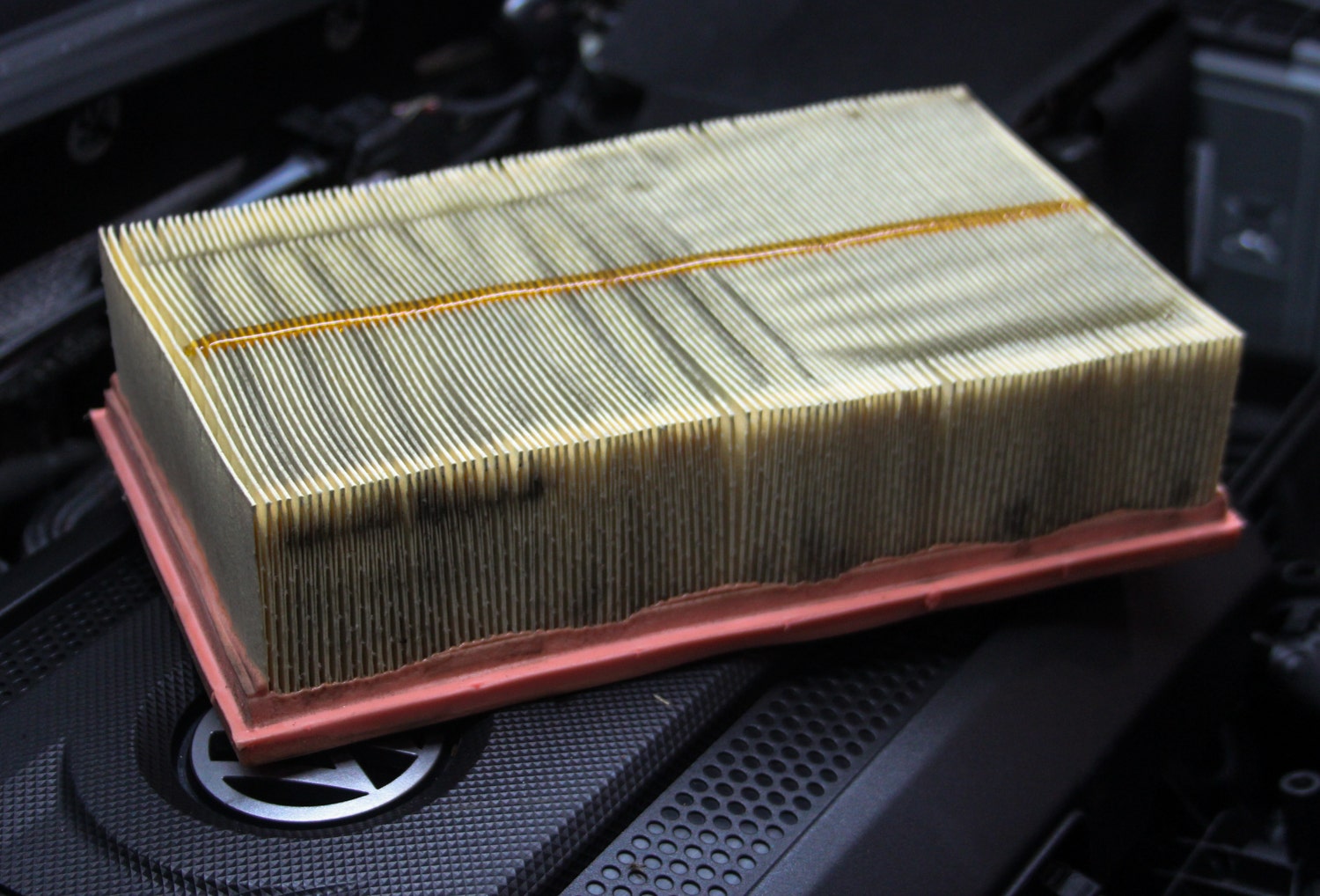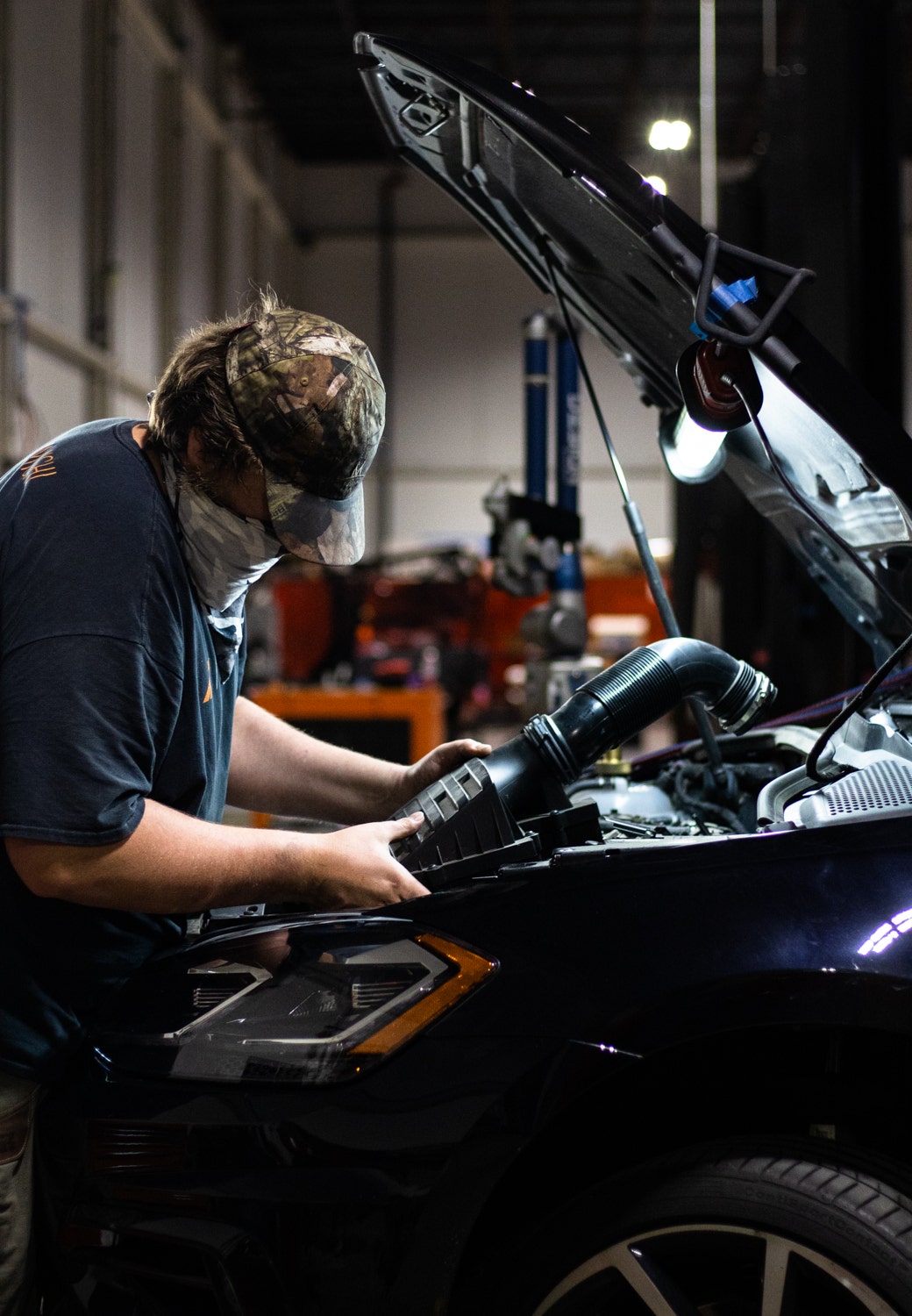
Renew, Reuse, Refresh - Performance Intake R&D, Part 1 - Stock Review
The automotive industry is a constant cycle of innovation. It has to be to survive and adapt to every commuter's needs. If the manufacturers nailed it on the first try, we'd still be using carburetors, and the concept of the hot-hatch wouldn't even exist. Luckily, manufacturers are keeping up to date on common trends, which is why the GTI is on its 7th, soon to be 8th generation. Just as VW and every other auto company like to keep things fresh, we here at Mishimoto are of the same mindset, which is why we're revisiting our MK7 performance intake kit.
Before we can get into the new design of our intake kit, we'll need to dive into why we're looking to upgrade the Golf's induction system in the first place. Enthusiasts are always looking for a means to improve their ride. When it comes to the 1.8T or 2.0T powering the MK7, it's all about being able to both feed your turbo more air and also increase the volume of the turbo's singing voice. With the current setup, however, both of these characteristics are suppressed.

As part of our previous intake development, we made sure to look into the stock intake system. However, since that was back in 2015, we're due for a refresher. The MK7 Golf launched as the latest addition to the VW's MQB, or Modularer Querbaukasten, platform. This translates to Modular Transversal Toolkit or Modular Transversal Matrix for those who aren't fluent in German. Essentially, this allows Volkswagen Auto Group, or VAG, to manufacture ten different body configurations across any of its 11 different brands while also reducing the amount of tooling needed. To accomplish this, VAG coordinates a matrix of chassis and engine components to assemble a wide variety of vehicles using this platform. For example, the VW Golf, Atlas, Audi A3, Seat Leon, and Skoda Octavia are just some of the vehicles manufactured with this method.
Sure, this innovation of automotive manufacturing is great for cutting costs and promoting efficiency on the assembly line, but what does this have to do with the intake in the GTI? I'm glad you asked. The dawn of the modular platform means that VW is engineering with a "one size fits most" mentality. This means the intake fitted to the performance-based GTI and Golf R is also the same kit used on the Golf TSI and would require some compromises between comfort and performance between the different engines. Granted, this doesn't mean that the GTI and R trims aren't performers right off the lot, but these Golfs have much more potential with the right components.

To unlock that potential, we first have to examine the factory design, starting with the airbox. Like every OEM, Volkswagen designed this box for the standard flat panel air filter. This is an adequate means of filtration for the typical commuter but can cause a restriction for more spirited driving. Essentially, the fresh air has to flow in through the bottom of the airbox, then up through the filter to enter the turbo. This directed flow pattern reduces the amount of air in the box, causing a flow restriction. VW did opt to utilize the length of the upper radiator support as a means for scooping in fresh air, though, which is something that we're looking to optimize when it comes to our design.

Typically, this would be the point in the post where we go over the most restrictive part of a factory air intake, the mass airflow, or MAF, sensor housing. However, VW chose to regulate fueling for the MK7 with a speed density tune rather than a MAF based tune, so no specially calibrated sensors or housings. If you just went a little cross-eyed, that's ok. We have a crash course in our stock review of the GR Supra intake kit. Simply put, the lack of MAF sensor means that VW wasn't limited to a specific size inner diameter for metering purposes.

The rest of the intake is a slew of accordion-style hosing, incorporated for a balance of security and flexibility. Since the air box mounts to the frame, the tube leading to the turbo inlet requires some slack to keep everything secure. Volkswagen uses this rubber, accordion-style piping since it's cheap and easy to produce in massive numbers. The downside is the ridges on the interior create drag and turbulence resulting in diminished flow characteristics.

Restless innovation keeps the auto industry moving. While we might have devised an improved the MK7's intake system once already, our tools and methods have also improved. Make sure that you stay tuned for the first look at our new performance air intake designs for the MK7 platform.
Thanks for Reading!
-Nick










